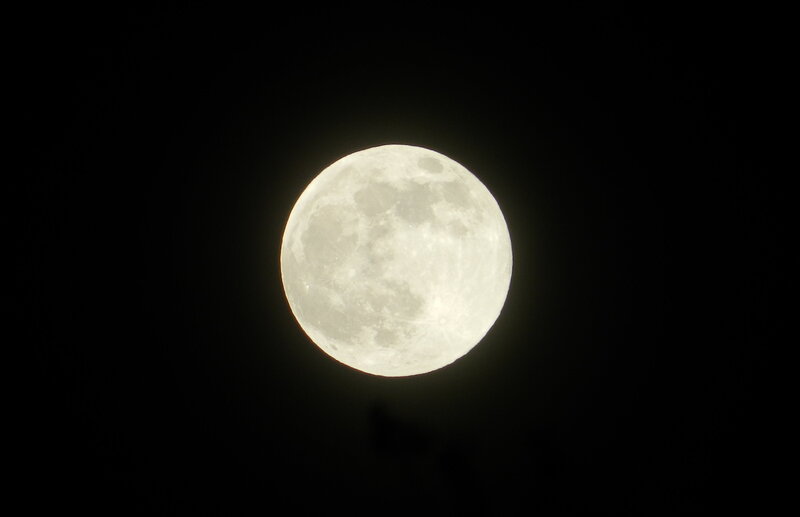Moonlight - How Bright You Shine Tonight This Monday, 26 April, was another Pink Super Moon. The Pink Moon occurred 12 hours before the Moon reached perigee (the moon’s closest position to Earth due to the fact that the moon's orbit around the Earth is slightly elliptical) so that made this Pink Moon also a Super Moon – the term used when the moon is full while closest to the Earth. Here are some photos showing what we saw of the Pink Super Moon here in New England: (click on any photo to start the slideshow): The moon actually reached perigee at 11:22 AM EDT on 27 April; when it was just 222,064 miles (357,377 kilometers) away from the Earth. During a super moon, the full moon can appear up to 14% larger and 30% brighter than when it is at its farthest from Earth. Monday’s Pink Super Moon was ~8% closer than the distance of an average full moon (240,000 miles or 384,400 km) and was the first, and one of only two, super moons of 2021.
So why the term “Pink Moon”? In the 1930s the Maine Farmer's Almanac began publishing American Indian Moon names for the months of the year. Accordingly, the April full moon was called a Pink Moon, named after creeping phlox; a plant native to the eastern United States that is one of the earliest flowers of spring. Other names for this moon include the Sprouting Grass Moon, the Egg Moon and the Fish Moon. Last year, on 7 April, we also had a Pink Super Moon. Here’s our blog and photos from that night: "April’s Pink Super Moon - How Beautiful Are These Night Sky Photos?" If you want to learn more about Pink Moons, or other phases of the moon, you might want to check out the Full Moon Phases website. Here’s the link to their Pink Moon information: http://fullmoonphases.com/pink-moon/
0 Comments
Leave a Reply. |
What's On This Page?Here's where we post reviews, questions, answers, thoughts and other information that's of general interest to our followers in a blog format. Categories
All
Archives
August 2023
|
|
|
Copyright 2016-2024 Hiking, Camping and Shooting |







 RSS Feed
RSS Feed